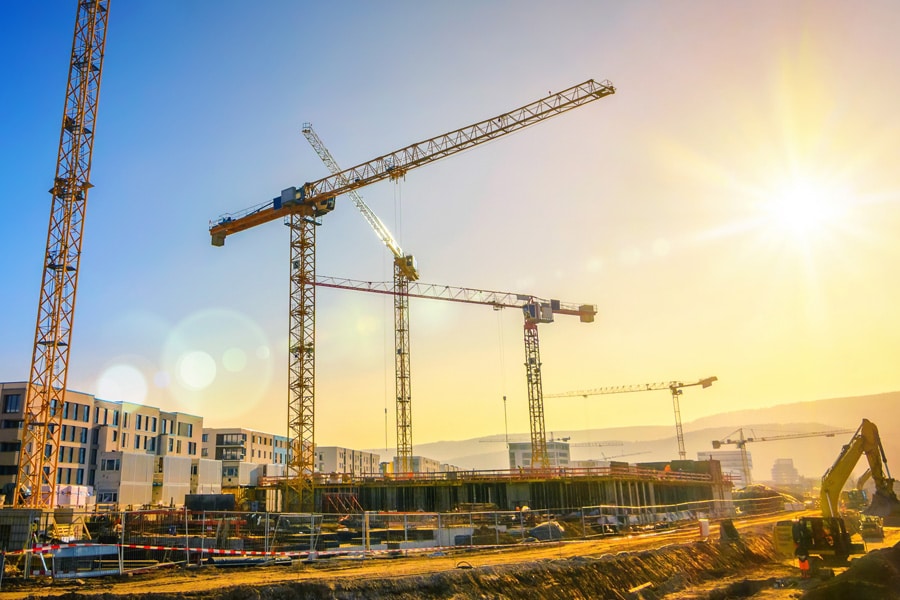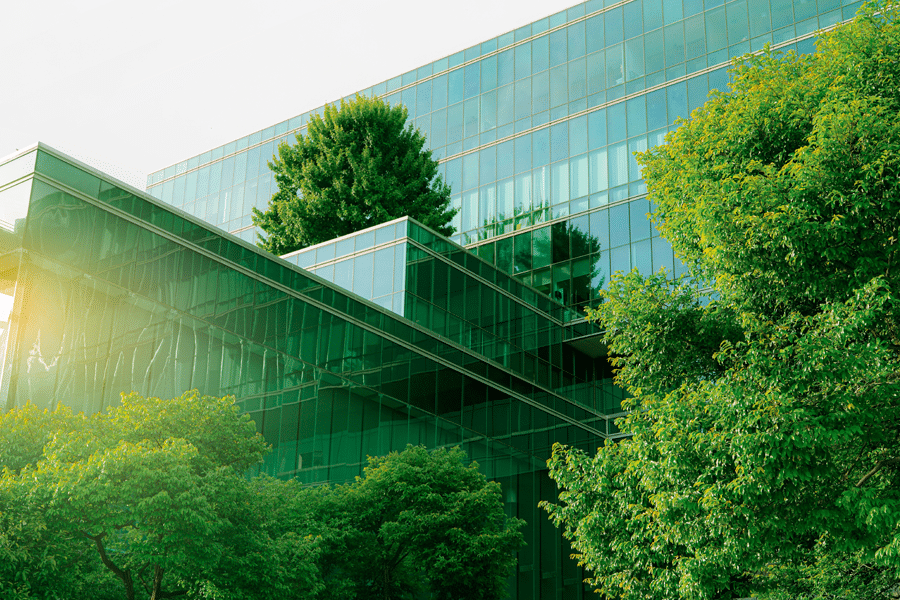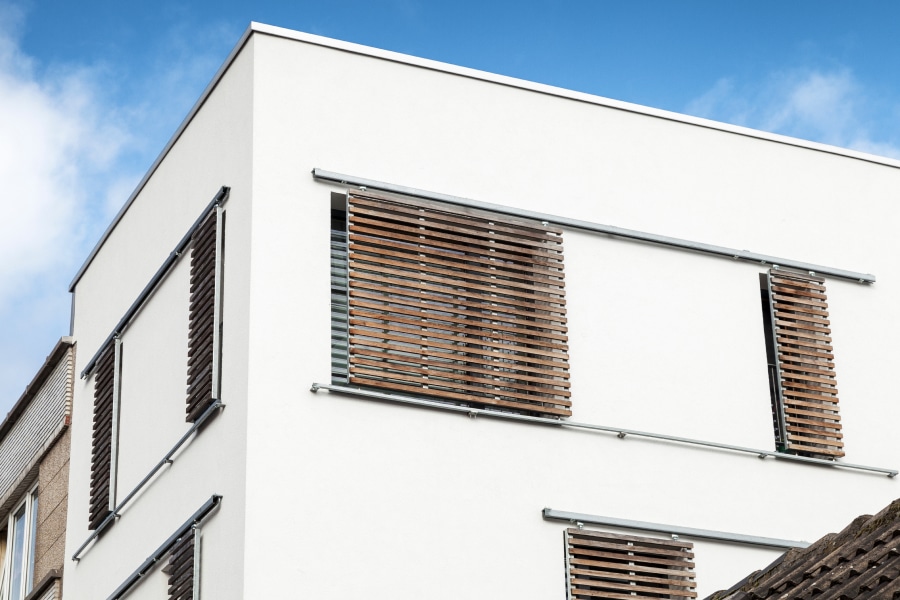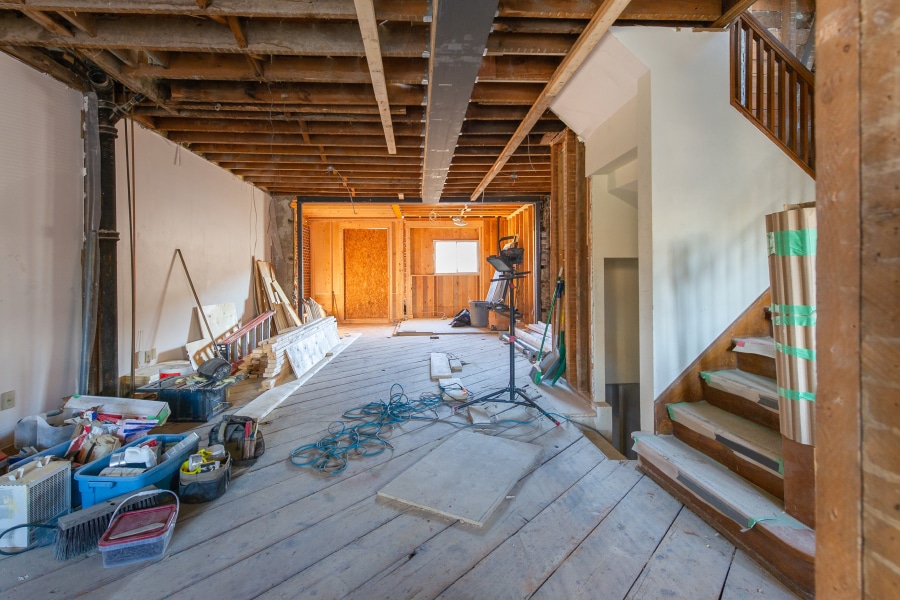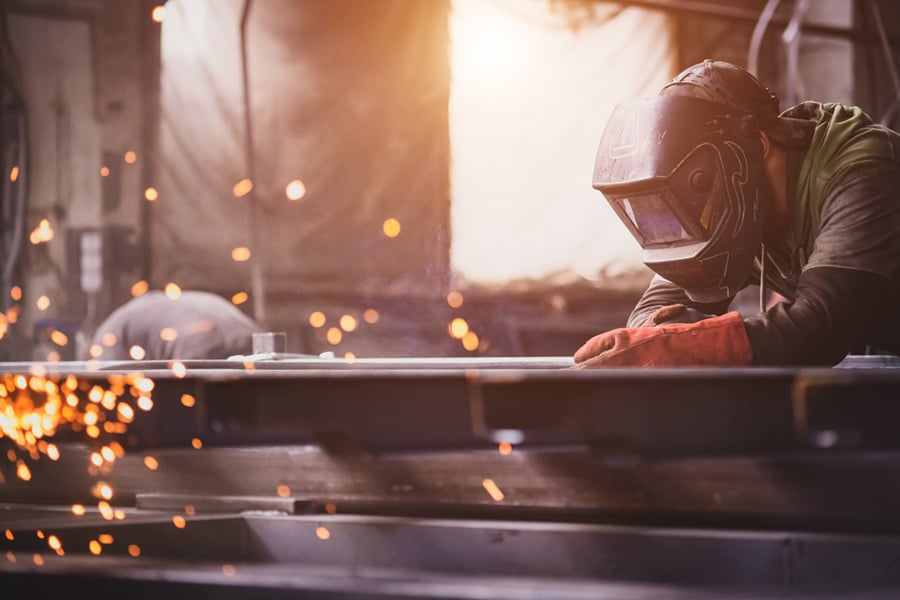When Celeste McMickle worked as a green building consultant focused on LEED certification, she felt construction firms were making good progress in categories like energy efficiency and indoor air quality. But managing the stream of materials that flowed into—and especially out of—construction sites was a constant struggle.
Now the director of client solutions for Total Resource Use and Efficiency (TRUE), McMickle lives in New York City, which has a clearly visible trash issue. Although trained as an architect, McMickle shifted her attention to waste, working a stint in the recycling and composting program at the city’s Department of Sanitation. Once she was able to see the connections between every piece of the built environment, she realized waste and recycling had to be the next frontier for green building.
That meshed with the path of the U.S. Green Building Council (USGBC), which acquired the nonprofit U.S. Zero Waste Business Council in 2016 and rebranded it as the TRUE program for zero waste. LEED certification already includes waste tracking, the first step toward reducing it. But TRUE goes further by aiming to eliminate it. Projects for certification initially helped facilities define, pursue and achieve zero waste goals, but in spring 2022 TRUE launched a pilot program for construction sites.
TRUE decreases construction waste on-site
Construction and demolition accounts for as much as 30% of US solid waste, according to Science Direct, amounting to hundreds of millions of tons of debris. To address this, cities such as Milwaukee, San Antonio and San Francisco have initiated deconstruction regulations. However, no organization was developing solid solutions for the construction industry.
TRUE certification for construction focuses on upstream choices. Developers, architects, engineers and contractors can use the guidelines to make purchasing and planning choices that reduce wasted materials, time and money. Teams need to collaborate early to design buildings that will function well, requiring familiarity with zero waste design guidelines that carry through building operations.


Bluebeam Resource Hub
Browse case studies, watch webinars, and see what’s new with Bluebeam.“We focus on preventing waste rather than managing it once it’s been created,” McMickle said. “The deconstruction incentives we’re seeing are a big piece of that, where reuse opportunities are starting to happen. If it’s new construction, firms can connect with building warehouses for materials that can be reused and repurposed, which is far better than recycling.”
TRUE depends on three key requirements
Construction firms targeting TRUE certification must meet all local and state recycling and waste regulations, and limit contamination to 10% for any materials going off-site. But the critical requirement for certification is 90% diversion of waste—based on final downstream numbers and on upstream, too. That’s what sets TRUE apart, according to McMickle.
“It’s holistic material management, an overall analysis of all materials flowing through the site,” she said. “It includes redesign, reduction, reuse, repurposing and recycling. But it does not include disposal in a landfill or incineration—these are in the non-diversion bucket. We felt it was an important distinction from the perspective of environmental justice and single use to ensure materials remain part of the circular economy.”
TRUE certification remains a work in progress
TRUE for Construction is a flexible program that allows various options to achieve zero waste. Even how a firm works with its waste hauler can be a meaningful decision—for example, separating materials on-site if there’s space rather than commingling and separating later with appropriate tracking.
“The program adapts the existing system for facilities to a more construction-aligned process,” McMickle explained. “The work we’d done on zero waste for events helped because both take place during a confined period of time. Building operations are long-term.”
TRUE for Construction is still in the pilot phase. The Genesis Marina project in California, being built by Webcor, was the first worldwide to receive pre-certification in September 2021. Since then, a number of early adopters have registered and started the certification process. Once TRUE receives feedback, the organization can deliver the final guidance document and move the program forward. But for now, construction firms can experiment within the program, demonstrating industry leadership in zero waste.
TRUE calls for a mindset change
TRUE for Construction is simple, but not easy. The biggest challenge is disrupting the way things have always been done. The construction industry is used to disposing of waste without thought, but that’s no longer a viable way forward.
“We need to change the mentality of personnel at all levels—field, office, vendors, manufacturers, etc.—and inspire them to care about waste and the way it’s being handled,” said Miranda Nowlen, a Webcor senior project engineer who has championed the pursuit of TRUE certification for Genesis Marina.
The mind shift also encompasses changing extraction as the industry depletes natural resources available in raw form. “If we look for other locations where we can source materials, the landfill is a good bet, because for decades that’s where materials have been going,” McMickle said.
Webcor sees TRUE as an opportunity to promote local jobs and alternatives to traditional approaches for disposing materials—aligning with the stringent California policies driving the state to a circular economy future.
“We’re excited about the companies that want to be the change makers and influence the TRUE rating system,” McMickle added. “They also gain from the incentives and savings that come with being more aware and mindful of where materials are going.”
The considerable environmental and economic benefits are strong motivation for firms to abandon business as usual and instead invest in creative approaches to sourcing materials and finding new life for them after their original purpose has been fulfilled.


